Are you a Discerning Drinker?
Join thousands of like-minded professionals and cocktail enthusiasts, receive our weekly newsletters and see pages produced by our community for fellow Discerning Drinkers.


How grappa is made
Words by Simon Difford
Grappa is distilled from the fermented, moist squashed grape skins (called pomace or vinaccia) left after pressing for winemaking. It's important that the pomace is fermented while still moist (the fresher the better), and lightly hydraulically pressed grapes are better than heavily mechanically pressed grapes. The better the quality of the grape, the better the grappa.
Distillers used to travel from vineyard to vineyard with mobile stills. Some grappa distillers continue this tradition but it is now more common for even small distilleries to operate fixed stills.
Once the juice has been extracted by pressing for wine making, pomace from white grape varieties is taken to the distillery and left to ferment. The alcohol content from red varieties is usually sufficient for distillation and so does not require further fermentation. At this stage the red pomace is around 4% alc./vol. and the white around 2.5% alc./vol..
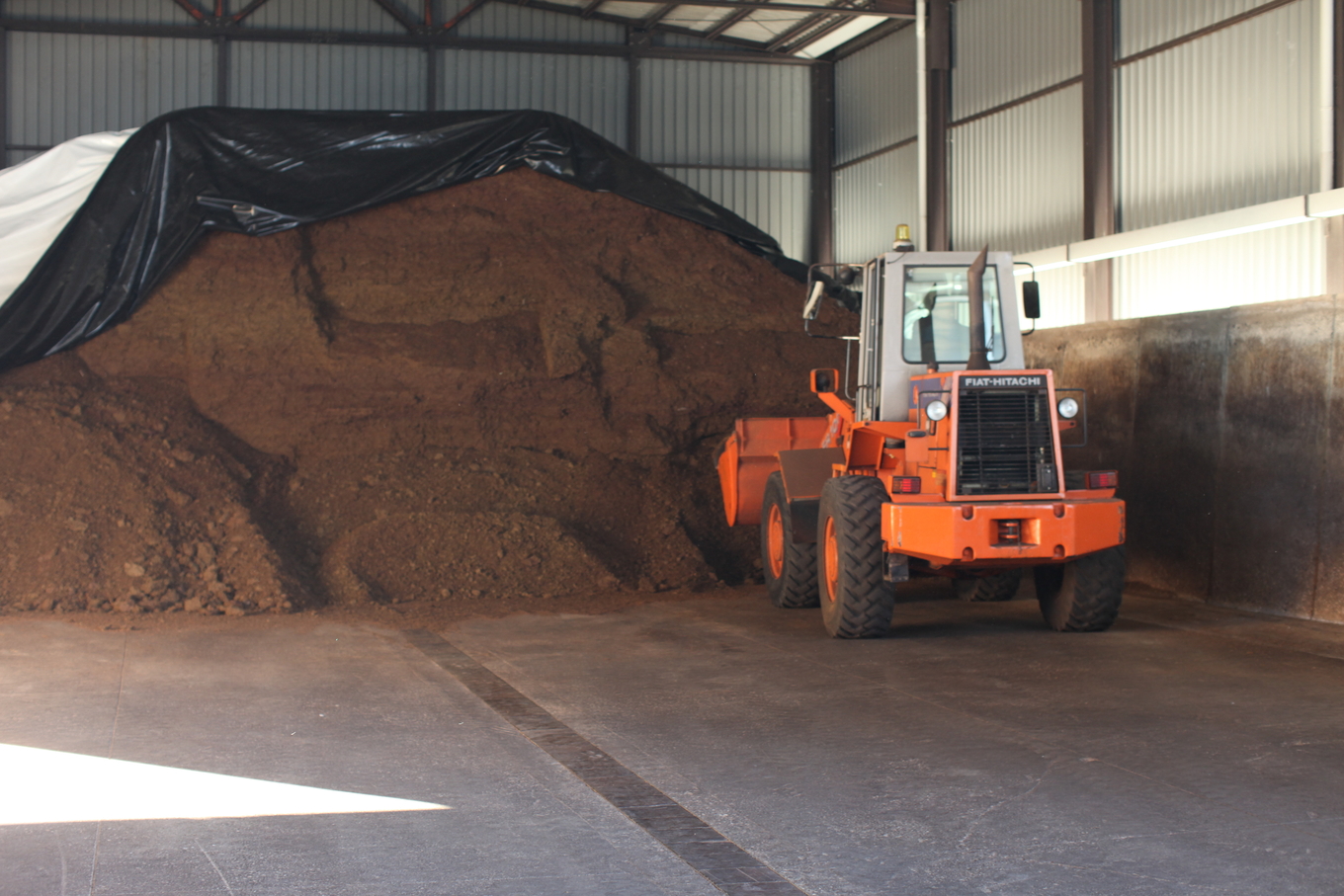
The pomace is usually stored in silos which are covered to retain moisture and reduce oxidisation. It is increasingly common for the pomace to be stored refrigerated and under a protective layer of carbon dioxide. The pomace is then processed to remove larger stalks and wood before being transferred to the still.

Distillation extracts alcohol from the pomace and concentrates the alcohol. Italian law dictates that the pomace is distilled solid, without water. Two types of still are used for grappa production: continuous using a disalcolatore, and discontinuous or batch distillation.
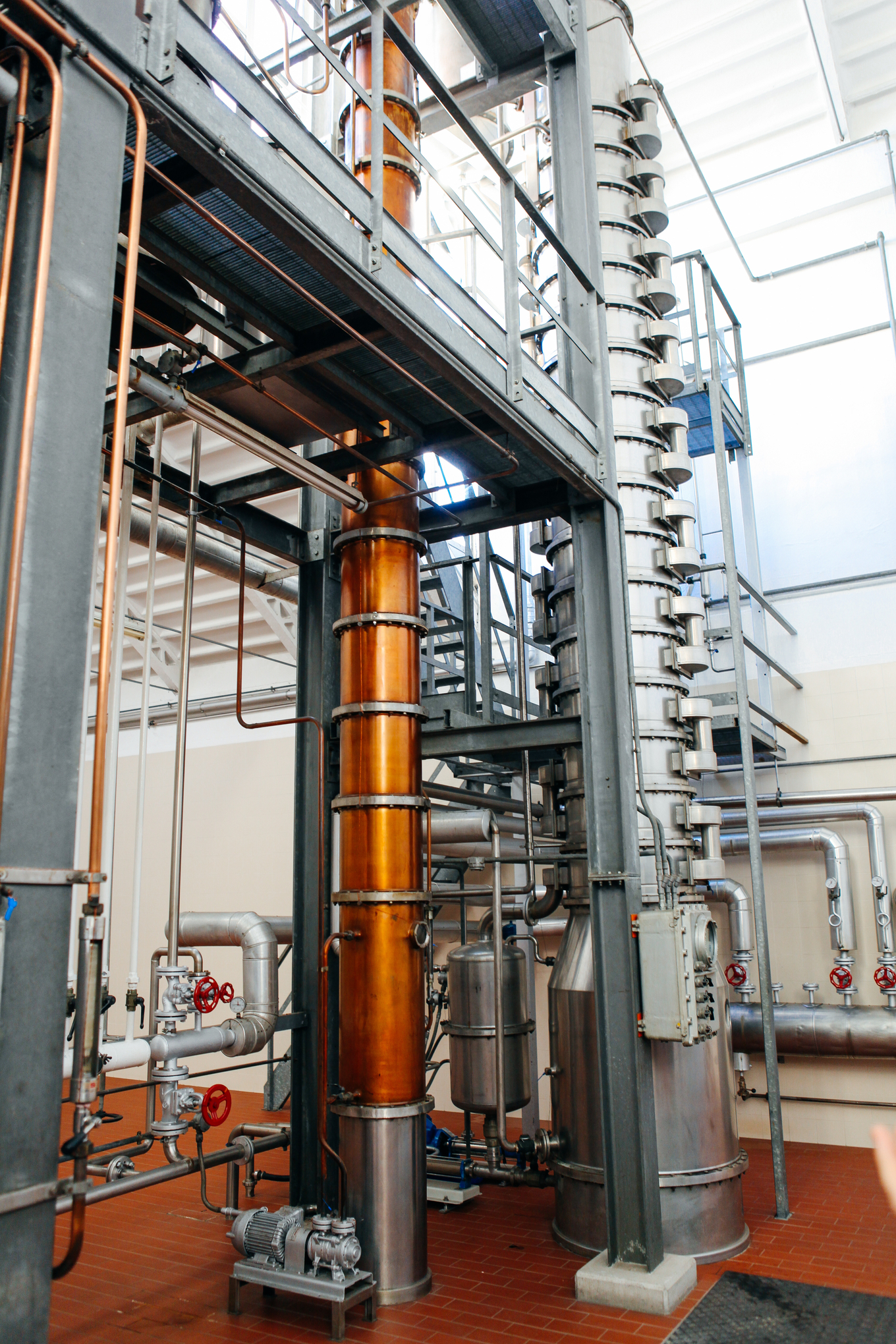
Continuous grappa distillation takes place in two stages, the first being in a disalcolatore, which translates as 'strip alcohol', a reference to the way this apparatus uses steam to strip the pomace and produce 'flemma', a raw alcohol at 15%-20% alc./vol.. The flemma is then distilled using continuous column distillation apparatus to produce Grappa at 80-86% alc./vol..
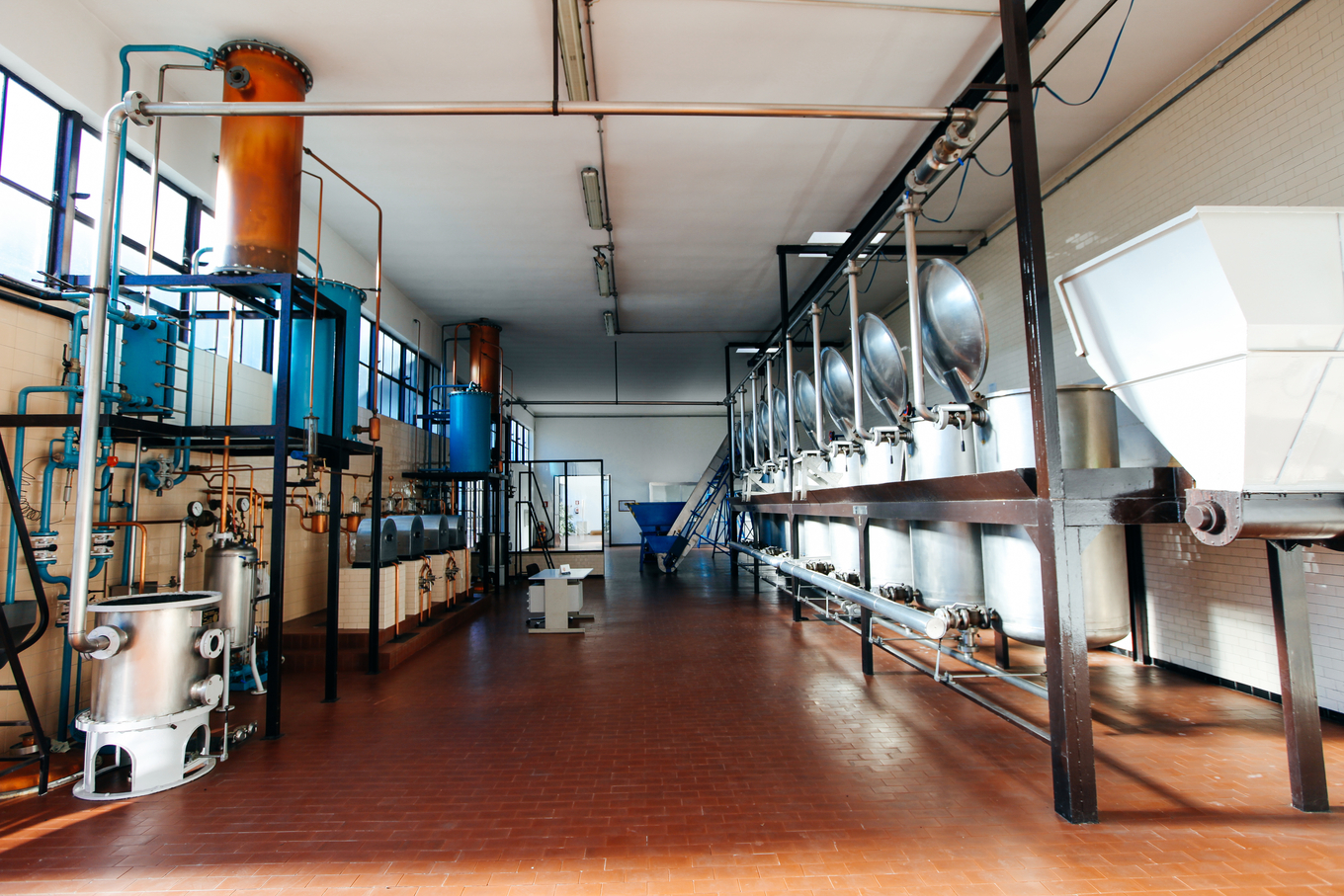
Batch distillation uses alembic small steam boilers which must be filled and emptied one batch at a time. Steam injected through the base rises through the pomace, stripping it of alcohol.
Continuous distillation is a relatively modern development but the use of discontinuous distillation has enjoyed a renaissance since the 1960s with batch made grappa being perceived as more premium. Some producers, including Nardini, use both continuous and discontinuous distillation, blending the distillate of the two in the same way that Scotch whisky is a blend of pot still single malt and continuously distilled grain whisky.
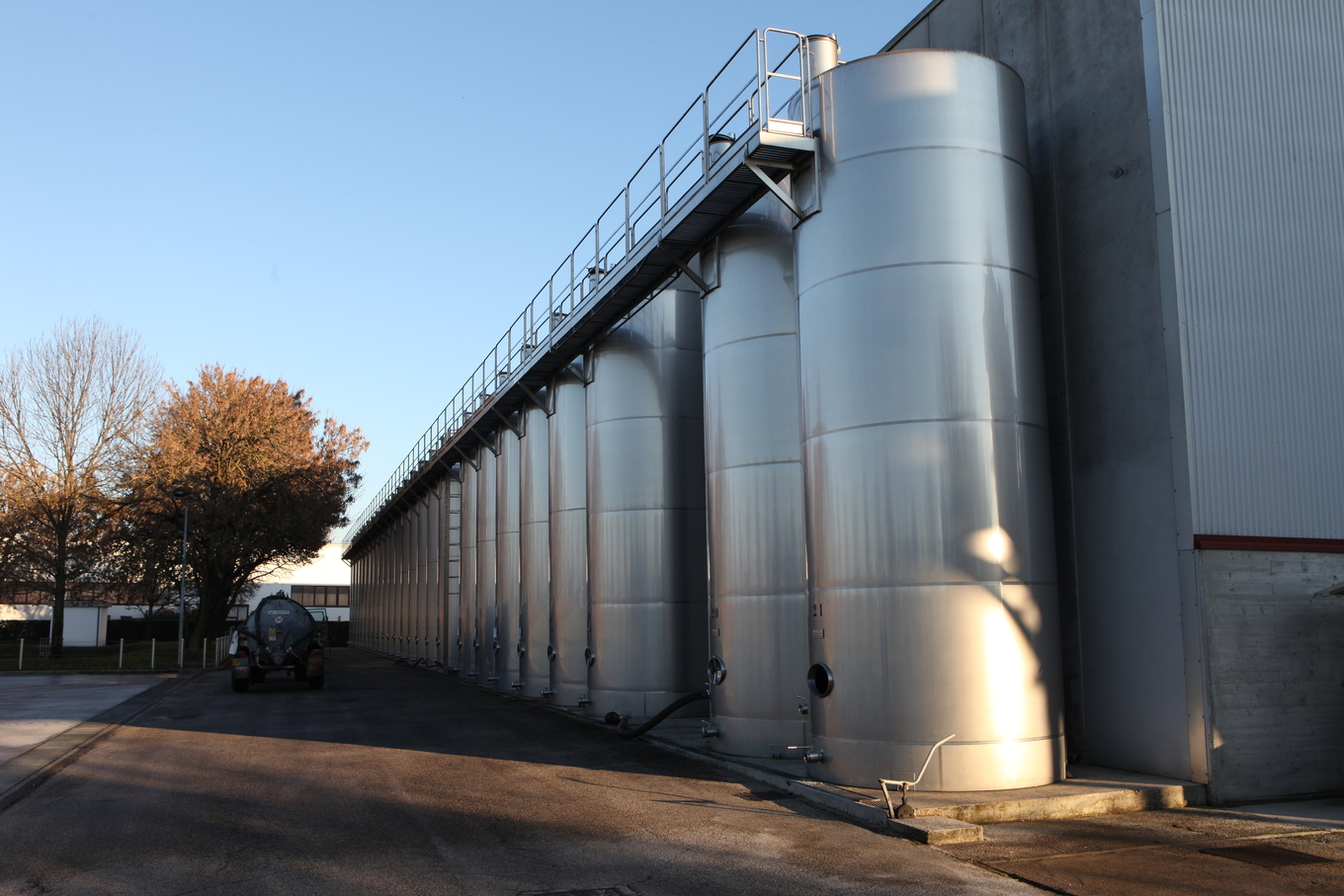
The newly distilled grappa is usually rested in vats and allowed to marry for six months. Unaged grappa is then hydrated prior to bottling to reduce the strength to 40 - 50% alc./vol.
Aged grappa is matured in casks made of oak or from other woods such as acacia, ash and cherry. If aged for at least a year then the grappa may be termed vecchia or invecchiata. If aged for at least 18 months then it becomes riserva or stravecchia, but some grappas are aged for many more years prior to bottling. The ageing process imparts a golden colour and mellows the grappa, giving it a dry, woody character. Some grappa is aged in glass to produce a crystal clear but oily spirit.


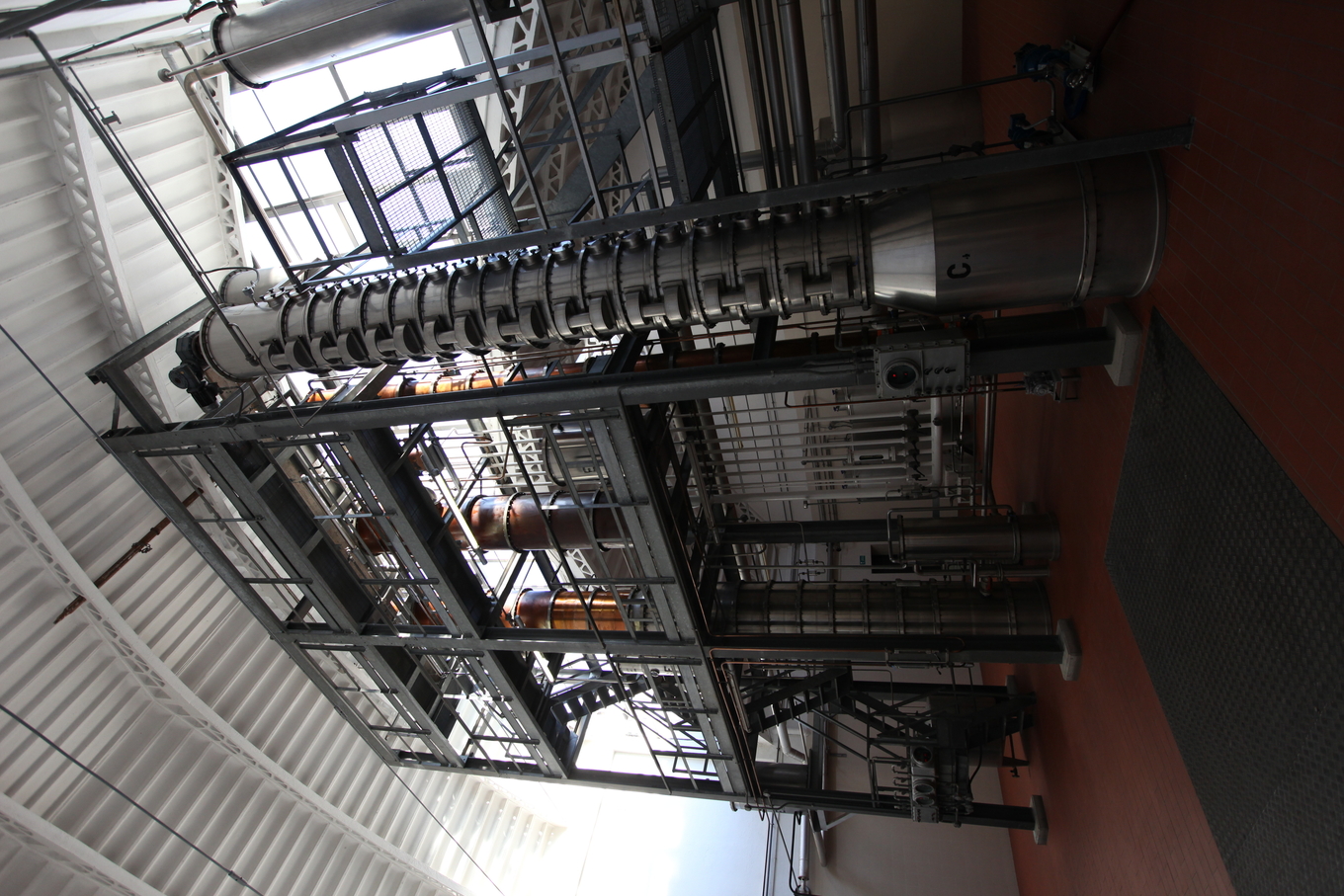
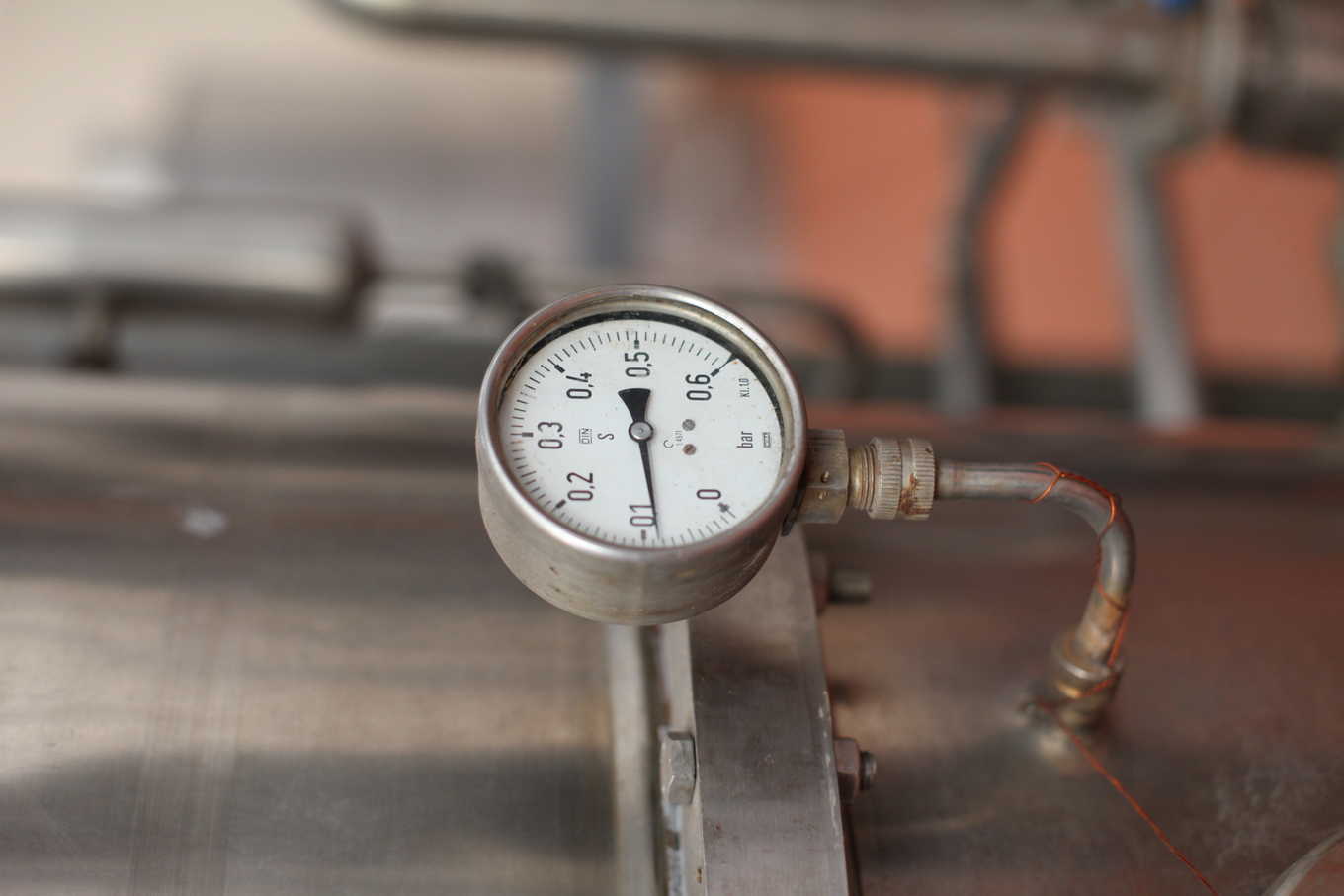


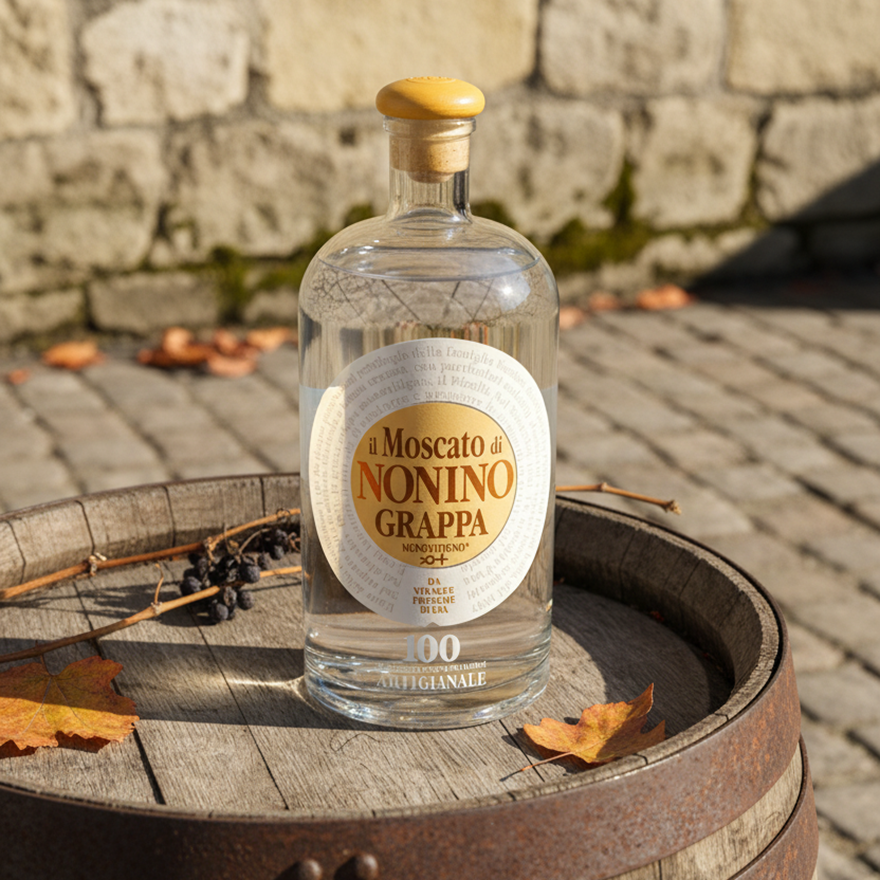
Nonino Il Moscato Grappa Monovitigno
Made using destalked, freshly harvested pomace of Moscato grapes selected from dedicated production zones. The fresh, soft pomice is fermented in temperature-controlled

Nonino Merlot Grappa Monovitigno
Il Merlot Di Nonino Monovitigno is distilled from fresh merlot grape pomace from the Fruili wine region.
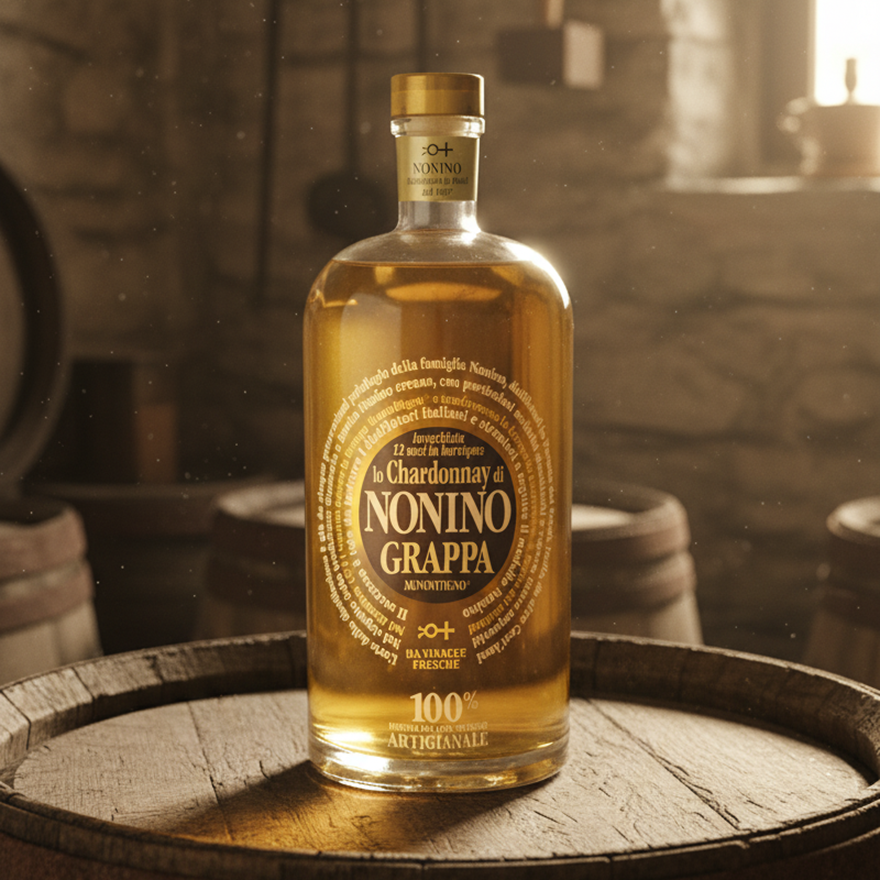
Nonino Chardonnay in Barrique Grappa Monovitigno
Distilled from selected and destalked Chardonnay grape pomace, immediately after harvest. The grappa is aged for more than 12 months in barriques.

Nonino Fragolino Cru Monovitigno Grappa
Distilled from the pomace of Fragolino grapes from the Nonino Cru vineyard fermented in temperature controlled stainless steel tanks under vacuum, immediately

Nonino Picolit Cru Monovitigno Grappa
Distilled using dried Picolit grapes from Cru Nonino Vineyard in Buttrio, Friuli. Presented in a commemorative hand-blown glass silk-screen printed bottle.

Nonino Grappa Tradizione 41%
Grappa distilled from carefully destalked white and red pomace using controlled fermentation and artisanal batch distillation in steam stills renovated

Nonino Grappa Tradizione 50°
Made from destalked white and red grape pomace, with a controlled fermentation and artisanal batch distillation in steam stills renovated by Benito Nonino.

Nonino da Prosecco in Barriques Grappa
Made from selected and destalked, harvested fresh and soft pomace of Glera grape for prosecco. Batch distilled in proprietary copper steam stills designed
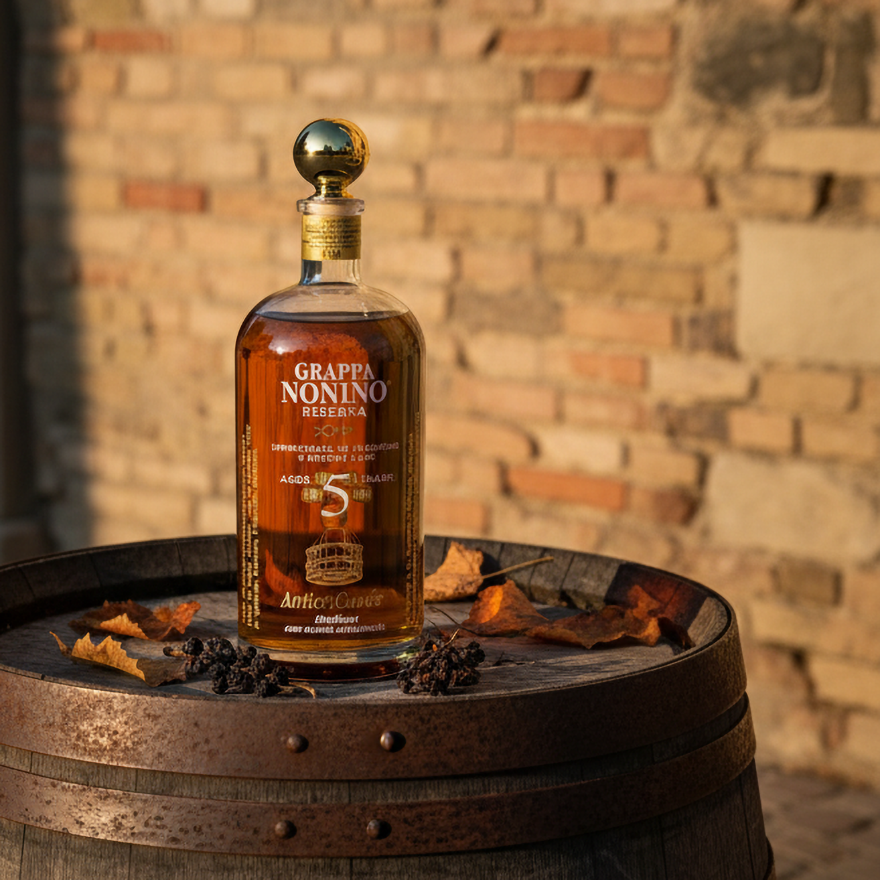
Nonino AnticaCuvée Riserva 5 Year Old Grappa
Blend of Grappas from fresh pomace, selected by the Nonino family, aged from 5 to 20 years in Limousin, Nevers and Grésigne oak barriques and small sherry





